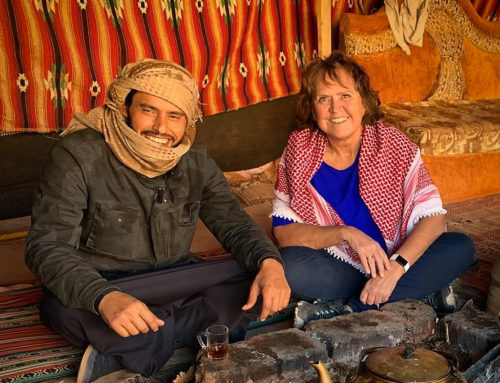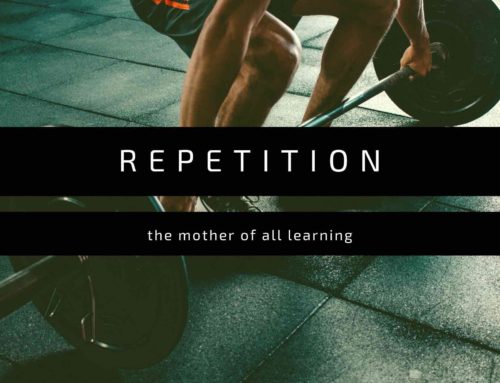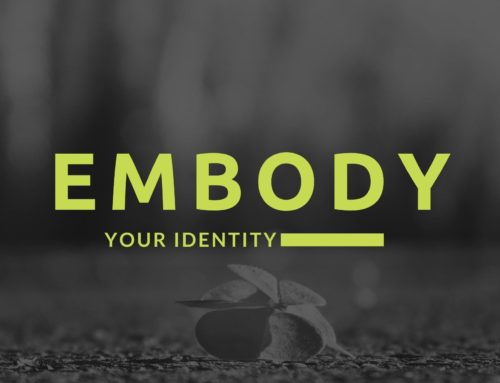By: Justine Jacob
Studying Arabic is hard. Some say Arabic may even be one of the hardest languages to learn for English speakers.
Because it’s hard, Arabic has developed a reputation for being anything but fun, especially after the first few “easy” years of learning the language.
This reputation certainly doesn’t help curb the hostility that exists towards Muslims in America and the lack of familiarity most Americans have with Muslims and Arabs. In fact, it may even make divisions more pronounced because less people are inclined to study it.
I’ve been in and out of the Middle East for work and study since 2010, and have seen my fair share of Arabic students and Arabic language programs. I’ve studied formal Arabic, Egyptian dialect, Lebanese dialect, Palestinian dialect, and now Jordanian dialect. I’ve done university courses in the United States, study abroad courses in the Middle East, private lessons, informal language exchange, self-study, and even dated an Arabic speaker! But all of that has paled in comparison to the Growing Participator Approach (GPA) I was introduced to at Shababeek, a language participation and inter-cultural development center in Amman, Jordan.
Shababeek makes learning Arabic fun because fluency happens through friendship.
Perhaps the most notable aspect of GPA is the emphasis placed on cultural understanding. Learning a new language is not just about grammar, sentence structure, and pronunciation; it’s about seeing a new culture and holding space for a second (or third, or fourth, or fifth…) way of life to take root in your heart and mind.
GPA is a stress-free, exam-free, (nearly) homework-free approach to language learning that is built around the student-teacher relationship. Or in their words, the “participant-nurturer” relationship. The terminology alone suggests a relational depth that is usual in traditional settings.
The result is two people with different backgrounds and different native tongues, sharing space every day, and making sense of their differences. In Arabic, of course.
Differences are discussed and questioned; there are a lot at first. But then, in my experience, the similarities slowly start to outnumber them.
Since trust, and oftentimes friendship, grow organically throughout the program, culture can be learned and explored in a safe place through honest questions and detailed answers.
The Arabic journey is long and steep, and full of twists and turns. Fortunately, (and unfortunately) there really is no end to it. Fluency, like friendship, requires constant effort, growth, and time. But as a white, Christian, American in the world today, I have never felt more strongly about the importance of such an endeavor. Especially an endeavor that confronts ignorance and misunderstanding of the “other” through active relationship.
I came to Shababeek with roughly 5 years of Arabic exposure and the ability to read and write. This is slightly unusual for GPA students and has allowed me to advance more quickly and go deeper in conversation. But still, I came to Shababeek with the sole desire to speak and engage with Jordanians in their dialect – to see their world and learn from it. And that is exactly what Shababeek has allowed me to do.
As I get ready to return to the United States, I can’t help but brace myself for the question all Arabic students have come to dread – “So, are you fluent in Arabic now?”
No, I am not fluent in Arabic now. I am however, more familiar with Arabic and less ignorant to Arab culture.
More importantly, I am now a friend to a handful of strong, funny, and beautiful Jordanian women who have included me in their world and helped me understand it.




